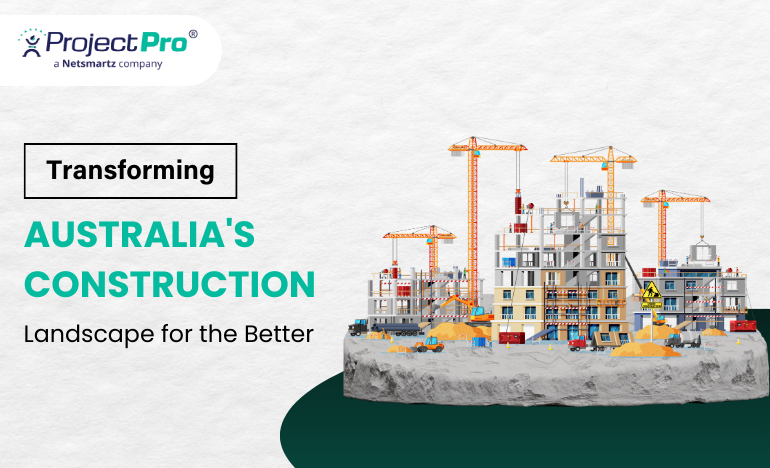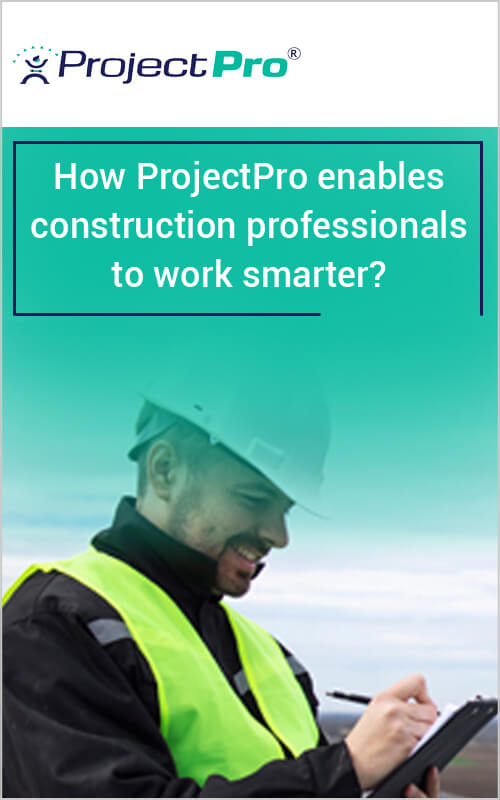8 Strategies for Having a Safer Construction Business
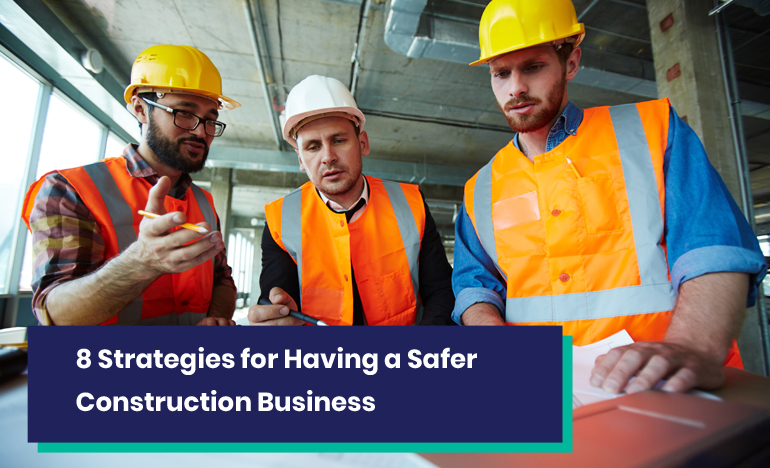
Several construction companies are talking about safety in the construction industry. Undoubtedly, numerous safety efforts strive to reduce costs; owners also discuss the top benefits of easing pain and suffering for laborers.
Presently, the construction industry is incentivizing contractors to improve safety effects. Fewer dangers to worker safety and health mean fewer restrictions. Your project’s safety chronology is typically an indicator of your business’s viability at the business level. Give these eight strategies a try to boost your safety outcomes.
Strategy 1: Seek an On-Site Safety Consultation
The OSHA (The Occupational Safety and Health Administration) offers safety consultations to help you understand and identify safety risks for your construction project. And the best part is that these are free and undercover, meaning no citations, reports, or penalties.
This type of consultation helps you improve any current safety and health program and permits a one-year exemption from routine OSHA inspections. Due to the pandemic, some OSHA experts are using video conferencing for consultations.
Strategy 2: Set up a Guideline and Adopt a Safety Program
Aside from reducing human suffering and deaths, the benefits of a safety programme include lower direct and indirect costs of injuries.
Direct costs involve worker absences, disability settlements, medical treatment, costs to manage the cases, and boosts in your workers’ compensation knowledge modifier. Indirect costs include the time to process claims, productivity losses, the cost of substitute workers, overtime, documentation costs, investigation time, rework, and hurts your company’s reputation.
Strategy 3: Adjust your Safety Program for Managing Risks
In the construction industry, each demographic encounters various risks. According to a recently researched survey by the U.S. Bureau of Labor Statistics, from 1992 to 2017, the number of working people aged 55 and older doubled. However, in 2017, senior workers were 56% more likely to die from job-related casualties than in 1992.
If you are a self-employed contractor, who is 55 or older, you are 2.3 times more likely to die from work-related casualties compared to the group of workers aged 54 and younger. If you are a construction manager 55 or older, your group is 1.5 times more likely to die from occupational damage than younger leaders.
Recently, the Pew Research Center conveyed that around one in four construction workers serves the immigrant category. That’s a substantial risk percentage, and vocabulary barriers further increase it. Try offering—instead of just lecturing—about safety. You can also enhance outcomes by ensuring people understand safety requirements.
Strategy 4: Adjust Your Safety Program as Per Risks of Your Forte
Casualty rates indicate the number of injuries and diseases per 100 full-time workers. For example, the construction company overall has an incident rate of 2.8. The rate differs immensely between various construction specialties, with training contractors documenting a rate of 4.5 while finish carpentry is 2.2.
You can even get into the facts about the sources of damages and the events driving the illnesses, injuries, or fatalities.
Understanding the risks, and level of hazards your employees face, helps you concentrate on the factors contributing to those threats as you customize your safety program.
Strategy 5: Function on Easing Musculoskeletal Conditions
Start glancing at your work techniques to reduce musculoskeletal disorders. This is mainly caused by overexertion and physical reaction to forces; you can use ergonomic assessment tools to uncover the activities most harmful to your workers.
Across all construction companies, overexertion and physical reaction are the leading causes of injury and illness resulting in missed work. Besides discomfort and suffering, these damages contribute to the country’s problem of pharmaceutical pain medication addiction and overdose.
People most frequently hurt their backs, followed by their hands. Shoulder wounds and knee injuries come in third and fourth. Although injuries from overexertion and physical reaction have fallen over the years, they remain the most common nonfatal injury type.
Strategy 6: Improve Safety Emphasis With Contractual Workers
Like numerous other industries, construction relies more and more on temporary workers. Whether the employees come from a staffing agency, a state or regional program, or as a direct-hire for a short-term project, it’s most reasonable to assume they won’t be acquainted with the risks and how to avoid them.
Work closely with the staffing agency so contract staffers get the safety training relevant to the job they’ll be doing. Training temporary employees in every security aspect might need someone to stay with them for a few days to direct them to suitable safety protocols and train them about the hazards.
When temporary staffers aren’t articulate in the dominant language of the job, they require safety training conducted in their native language.
Strategy 7: Embrace New Technology Smartly
As safety is such a great issue these days, multiple tech providers are stepping up with instruments that help enhance safety outcomes. Today’s trend in safety tools is known as innovative PPE, that is, intelligent personal protective equipment. This wearable technology can monitor, collect, and report worker health markers. It can also provide alerts to encourage workers to change their behavior or dodge an accident.
Also, you can embrace software like ProjectPro that will bring safety down to an individual level. This platform is powered by Microsoft Dynamics Business Central, which helps streamline operations and reduce the usage of resources.
Strategy 8: Make safety your initial thought
There are so many speeches about creating cultures of safety. Numerous construction companies are on their way, if not there already. You will see everyone working on safety when you have a safety culture. They still think before operating, and they’re not scared to stop and think about the danger before diving in. You’ve got to make it an administrative thing where the administration sets the pace, tone, and example.
Bottom Line
With the above-mentioned strategies, you can stay consistent and thrive successfully in the market with a good reputation. And, if you’re planning to adopt a new construction accounting system to reduce on-site risk, then ProjectPro is all that you need. Schedule a demo.

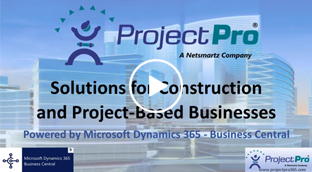
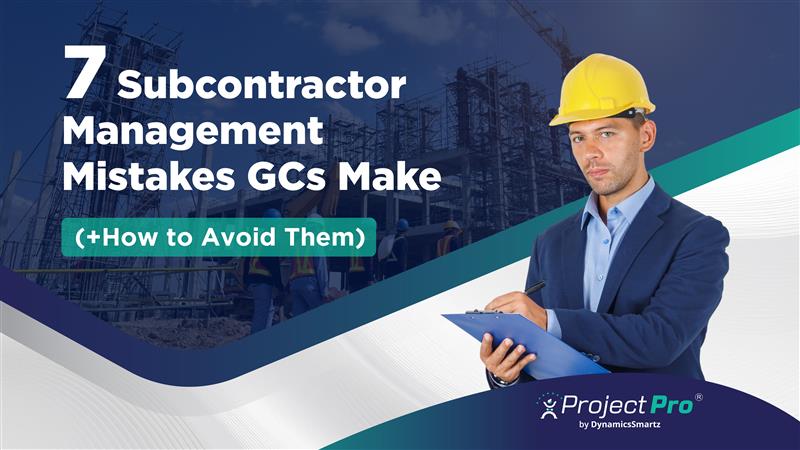

.jpg)

